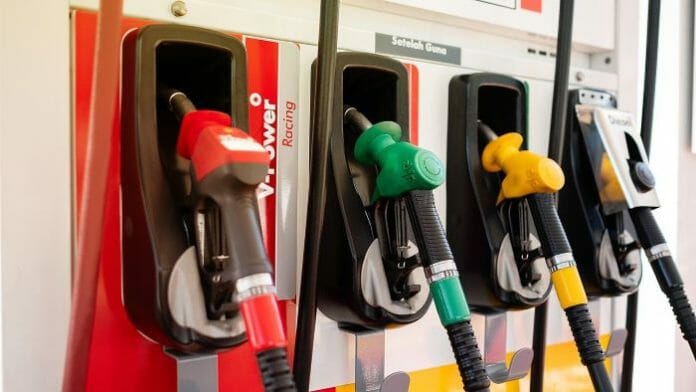The government might be having a hard time wanting to elevate the suffering of the people through subsidies while adhering to the fiscal discipline of wanting to keep the deficit to 65% of the GDP. 65
The total amount of subsidies this year is expected to reach RM80 billion which is the largest amount in history, and many have posed the question as to how the government would be able to finance the huge additional expenditure.
Sunway University of Business School Professor, Dr. Yeah Kim Leng told Business Today that although the subsidy bill is the highest in history, fortunately, it comes at times of high commodity prices such as Petroleum and Palm Oil.
He said that the additional revenues could come from higher Petronas dividends, royalties, and petroleum-related products, and oil palm-related products.
In the 100th People’s Financial Report released, Finance Minister Tengku Datuk Seri Zafrul Tengku Abdul Aziz said that to reduce inflationary pressures on the people, the government has provided various consumption subsidies consisting of petrol, diesel, liquefied petroleum gas (LPG), cooking oil, flour, and electricity.
Overall, the projected consumption subsidies expenditure for 2022 is the highest number of subsidies in history ever borne by any government and when added to other assistance such as social welfare assistance, agricultural assistance, fishermen, and so on, the total subsidies are expected to be close to RM80 billion for 2022, which is the largest number of subsidies in history.
Yeah said that another way of financing the increased subsidy was to have an elevated budget deficit adding that it can go towards tightening the belt later when the economy returns to normalcy.
He said that at a time of heightened inflation and the country reeling from the pandemic, it needs to address the concerns first and go towards greater fiscal discipline and prudence under normal circumstances.
Finally, he said that the government could also look at having a targeted subsidy or subsidy rationalisation that ensures that the vulnerable groups particularly the B40 are assisted while the rich and the T20 should pay the market price.
He said that this would allow the subsidy bill to come down giving more fiscal space that would allow the government to give more attention to more urgent expenditures.
Yeah said that the subsidy rationalisation would allow the government to rebalance its expenditure and ensure that it can sufficiently allocate its resources towards expenditure in health and agriculture.
He said that the government should also look at ways in ensuring greater efficiency in public expenditure, with various government agencies being more accountable and greater transparency in public expenditure.
It is also equally important for the government to address the issue of leakages in public expenditure that would help it to restore the deficit confidence in people.









